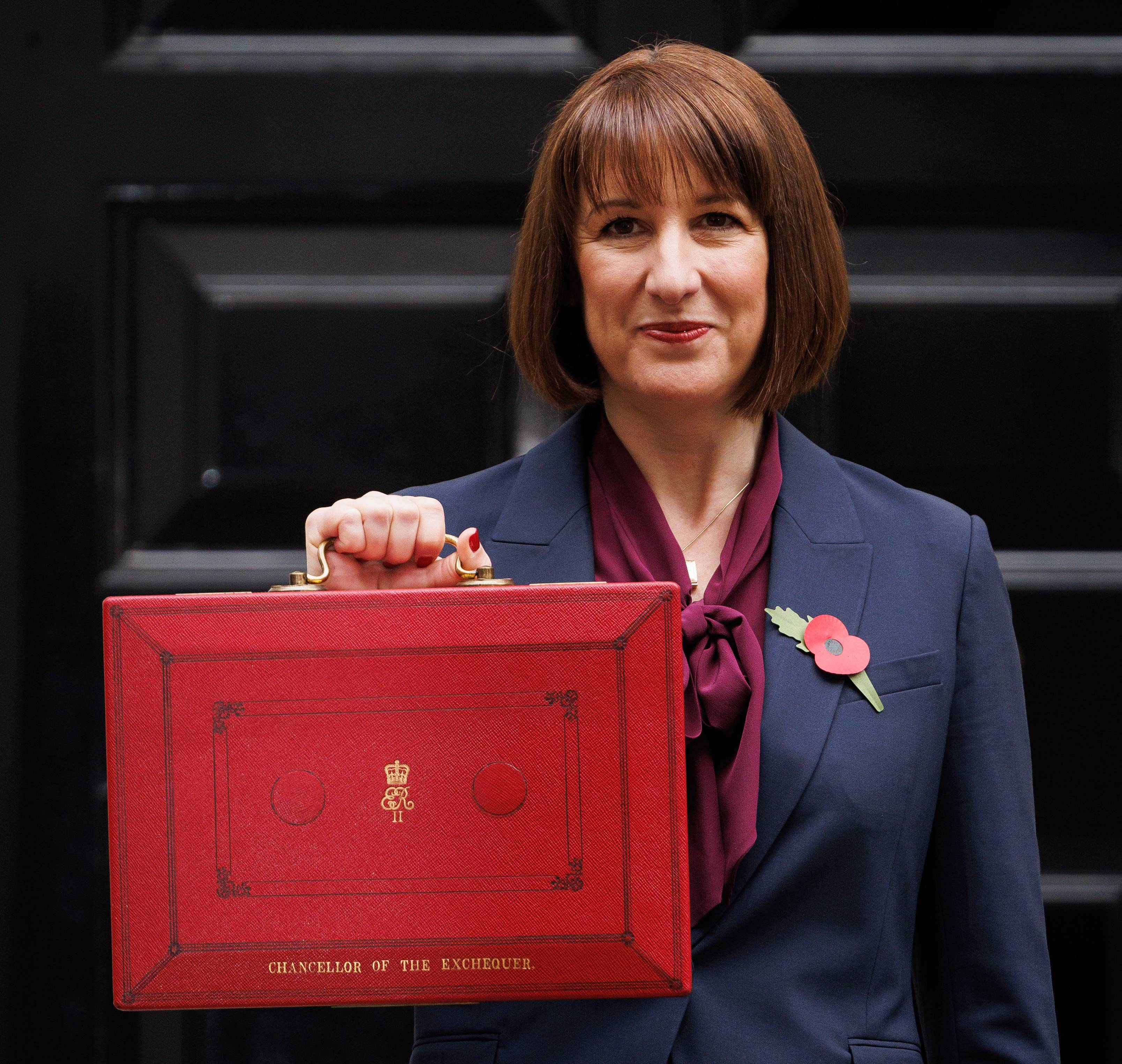Less than a month ago, a rash of poor jobs data fuelled a pessimistic turn in investors’ views on the US economy. On Friday, a punchy rebound in some of those figures painted a completely different picture.
Rather than a slowing economy and a weakened labour market, last week’s US nonfarm payrolls release reported 110,000 more jobs were created than expected, at 254,000. The US Bureau of Labor Statistics also increased its count of the jobs created in the previous two months by a combined 72,000. The unemployment rate fell slightly to 4.1%, down from a July high of 4.3%. Suddenly, the portrait of a struggling US economy didn’t seem quite as convincing as it had been, and we were right to be more optimistic.
The two-year US Treasury yield, which tends to give a good indication of investors’ expectations for short-term interest rate movements, leapt from 3.65% to above 4.00% in a week as the price of the bonds dropped. That jump in yields erased about a month of gains and reversed a steady downward trend over the summer from 5.00%. Essentially, all the hopes of another half-percentage-point cut to US interest rates in November evaporated. Now a quarter-point fall is expected, bringing market rate expectations for the next year more into line with our own forecasts. We can infer from this move that bond markets are no longer putting a large percentage on the probability of an imminent US recession (we had just 30% although that’s now ‘on watch’). Equity markets were certainly not priced for a recession and the resolution of this tension between bond and stock markets is a relief.
But what we noted last month when the data looked terrible remains true when the data looks fantastic: monthly numbers are erratic, often contradict other measures and are prone to revision. It’s best to try to trace trends using more than simply the latest numbers.
Big picture, a stronger US jobs market means less chance of recession. In the short run at least, that’s good for everyone, because recessions are awful, regardless of whether they are mild or severe.
Where the trade-offs begin, however, is with the strength of that growth and whether it’s more than an economy can handle. As long as there are enough people, factories, roads, ports, and data centres to deliver what the economy demands, it’s happy days all round. Society gets richer, there’s a bigger pie for all to enjoy (at least theoretically) and inflation doesn’t flare up. If there are not enough people and infrastructure to deliver what the economy is demanding, inflation starts to rise and central bankers need to increase interest rates to tamp down that demand and ensure it returns to a level the system can tolerate.
Many people think of inflation in terms of them paying higher prices for tomatoes, cars or petrol or whatever. But that’s just individual product prices that rise and fall depending on innumerable market vagaries, such as the weather, drivers’ inclinations to change cars, or the global price of oil. Inflation proper – what central bankers are focusing on – is the amount of economic growth that is effectively null because it’s just the same as last year except people have bid the price of it up. This could be because the demand is higher, or it could be because the economy can’t supply what’s required.
At the moment, American GDP is growing by about 3% a year. That’s higher than trend for many years (barring the year of post-pandemic reopening), which is why the US Federal Reserve (Fed) has taken its time before reducing interest rates. It’s worried that lowering rates too quickly will encourage greater borrowing, overly boost stock markets and encourage Americans to increase their demands on the economy beyond its capacity to bear. That would send inflation higher and potentially necessitate a sharp reversal in interest rates to stem it. Markets would not take that well – and neither would the people, who tend to feel miserable when their wealth is shrinking. That could lead to a drop in spending, reducing society’s demand for the economy to below its capacity. That’s economic speak for people, factories and infrastructure are underutilised; more bluntly, it means people out of work and factories shuttered: recession.
US CPI inflation, the measure that is most comparable with other nations’ inflation numbers, is this week forecast to drop for the sixth consecutive month from 2.5% to 2.3%. Core inflation, which strips out volatile food and energy prices, is expected to remain at 3.2% for the third month in a row. If inflation continues to fade, that frees up the Fed to keep reducing interest rates. If US GDP growth stays strong, all the better – it means America’s economy has the ability to grow faster than it has for the past couple of decades. Expect the Fed to proceed cautiously in that situation though – it’s hard to know whether an economy is close to overheating or not.
The US election of 5 November is approaching fast. Take a look at our appraisal of the candidates’ economic proposals and what they might mean for investors here.




